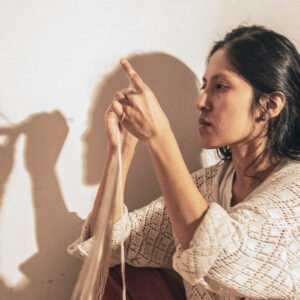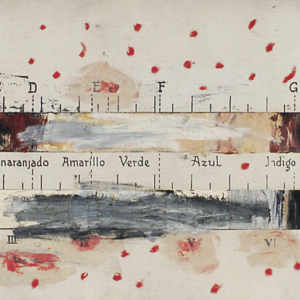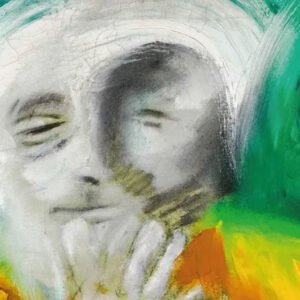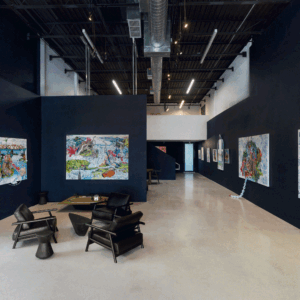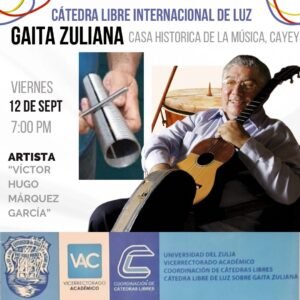Topofilia: la poética de lo incompleto
En la obra de Hugo Rodríguez, el retrato deja de ser un simple ejercicio de representación para convertirse en territorio: un espacio fragmentado donde la memoria y el afecto se entrelazan. Bajo el signo de la topofilia, donde cada rostro se revela como un mapa incompleto, cargado de huellas y silencios, que invitan al espectador a habitar la poética de lo inacabado.
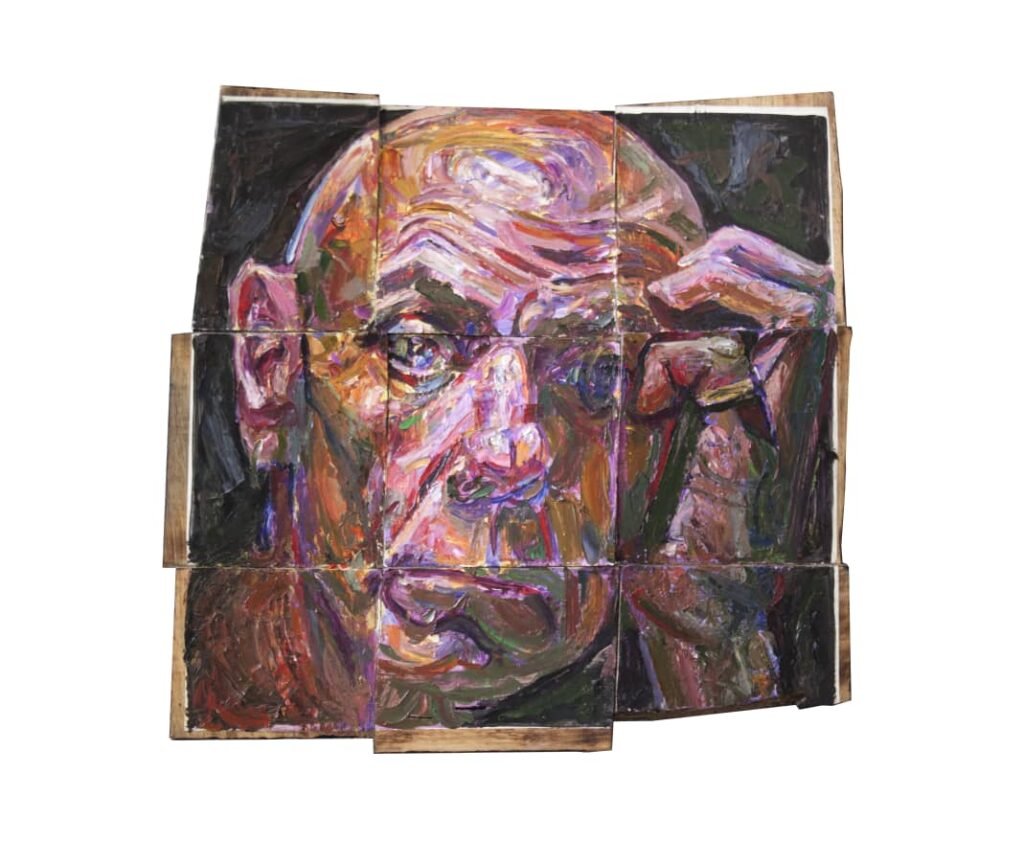
El término topofilia designa el lazo afectivo que nos une a los lugares que habitamos. En la obra reciente de Hugo Rodríguez, a presentarse a partir del 5 de septiembre en el Centro de Bellas Artes Ateneo de Maracaibo, ese territorio no es únicamente geográfico, sino que es también el rostro humano, convertido en mapa donde se inscriben memorias, quiebres y emociones compartidas.
Sus retratos fragmentados se presentan como un rompecabezas visual que nunca llega a cerrarse del todo. Cada sección funciona como una isla de significados, una pieza autónoma que dialoga con el conjunto sin agotarlo nunca. A ello se suman los formatos irregulares y las perspectivas anguladas que el artista nos propone, con las cuales desestabiliza aún más la percepción tradicional del retrato reforzando la sensación de extrañamiento. En esa condición de lo deliberadamente inacabado surge una paradoja de presencias y ausencias, en las que el rostro aparece y se esconde, interpela y se distancia, obligando al espectador a reconstruirlo desde su propia mirada.
La materia pictórica, con su densidad gestual y cromática, no describe, sino que, por el contrario, excava. Cada trazo abre un pliegue en la memoria, revela capas de tiempo, de intimidad y de vulnerabilidad. El resultado no es una imagen fija, sino una cartografía emocional en perpetuo movimiento.

Allí se instala la poética de lo incompleto: en la conciencia de que la identidad no se ofrece como una totalidad cerrada, sino como un ensamblaje inestable, como un territorio simbólico que se construye y se desarma sin cesar. En ese proceso, el rostro deviene paisaje y el afecto se convierte en el lugar habitable.
De este modo, la obra de Hugo Rodríguez transforma la experiencia del retrato en un acto de topofilia, en el que amar un lugar, es también reconocerse en la fragilidad de la memoria y en la potencia del gesto humano. Cada fragmento no solo evoca al sujeto retratado, sino que se abre como un espejo donde el espectador se descubre a sí mismo, habitando la complejidad de la experiencia humana.
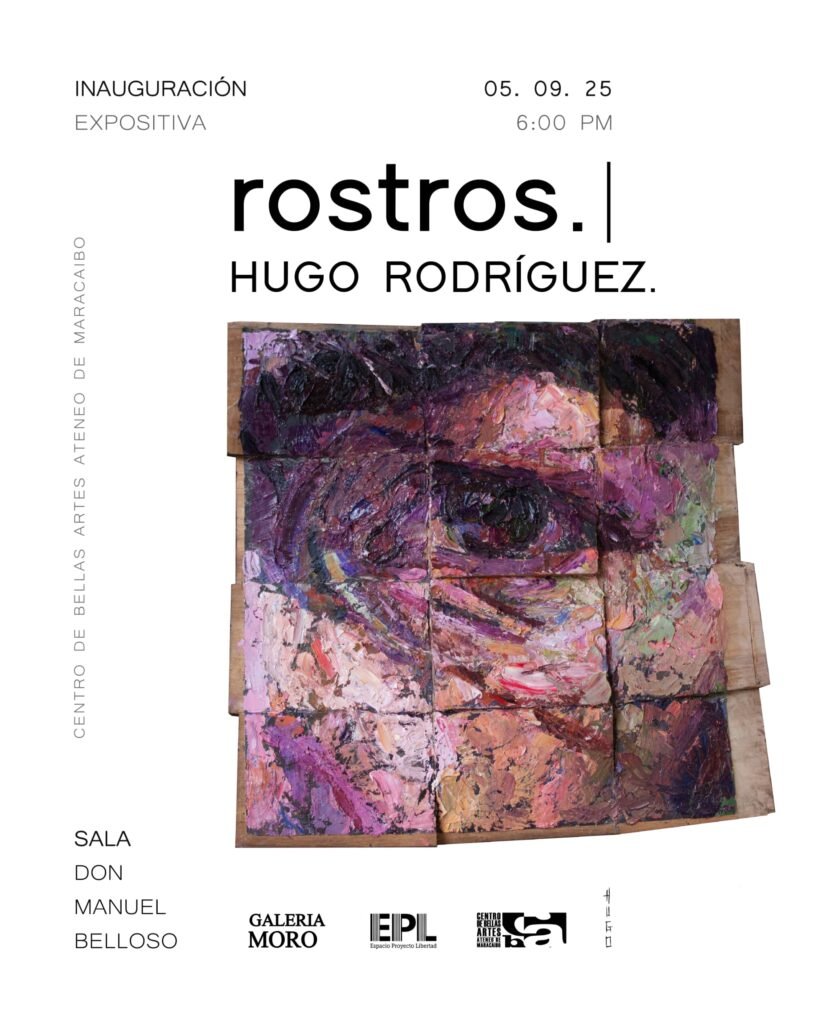
Topophilia: The Poetic of the Incomplete
In the work of Hugo Rodríguez, portraiture ceases to be a mere exercise in representation to become a territory, a fragmented space where memory and affection intertwine. Under the sign of topophilia, each face is revealed as an incomplete map, laden with traces and silences that invite the viewer to inhabit the poetic of the unfinished.

The term topophilia designates the affective bond that ties us to the places we inhabit. In Rodríguez’s recent work, to be presented starting September 5 at the Centro de Bellas Artes Ateneo de Maracaibo, that territory is not only geographical but also the human face itself—transformed into a map where memories, fractures, and shared emotions are inscribed.
His fragmented portraits appear as a visual puzzle that never fully closes. Each section functions as an island of meaning, an autonomous piece that engages in dialogue with the whole without ever exhausting it. Added to this are the irregular formats and angled perspectives the artist proposes, destabilizing the traditional perception of portraiture and reinforcing the sensation of estrangement. In this condition of the deliberately unfinished, a paradox of presences and absences emerges, where the face appears and hides, confronts and withdraws, compelling the viewer to reconstruct it through his own gaze.
The pictorial matter, with its gestural and chromatic density, does not describe but rather excavates. Each stroke opens a fold in memory, revealing layers of time, intimacy, and vulnerability. The result is not a fixed image but an emotional cartography in perpetual motion.
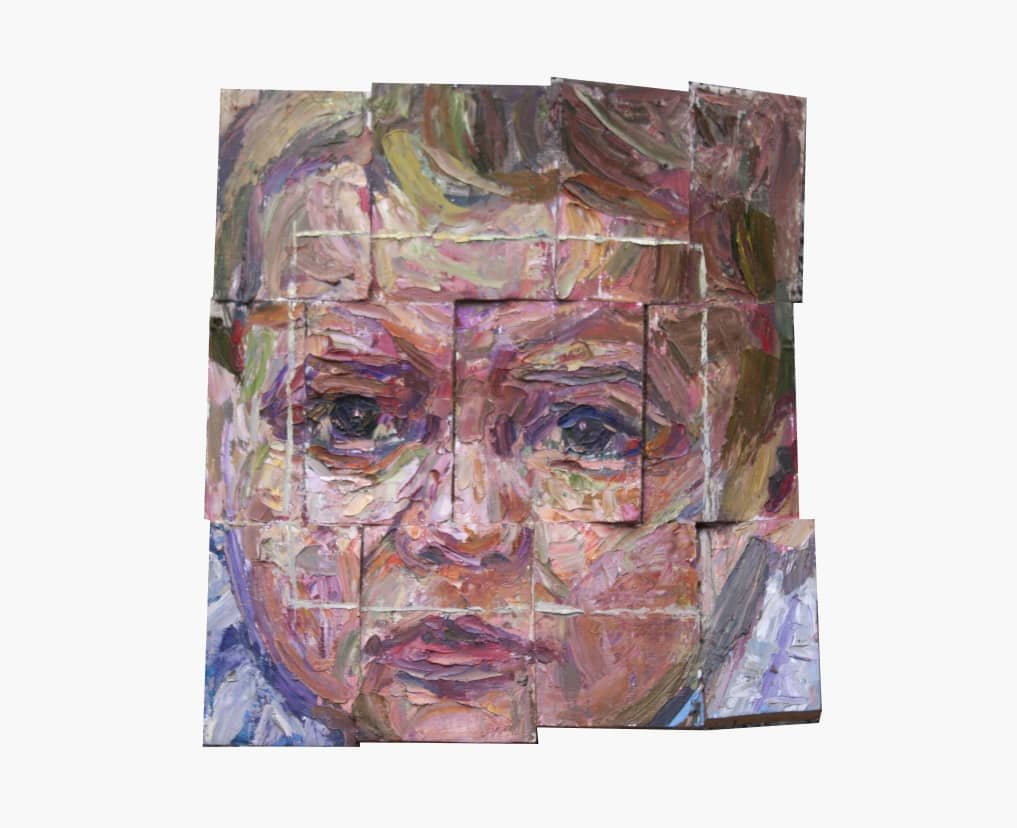
It is here that the poetic of the incomplete takes root: in the awareness that identity is not offered as a closed totality but as an unstable assemblage, a symbolic territory that is continuously built and dismantled. In this process, the face becomes landscape, and affection turns into an inhabitable place.
Thus, Hugo Rodríguez’s work transforms the experience of portraiture into an act of topophilia, in which loving a place is also to recognize oneself in the fragility of memory and in the power of the human gesture. Each fragment not only evokes the portrayed subject but also opens itself as a mirror where the viewer discovers himself, inhabiting the complexity of human experience.
Cesar Sasson
Magíster en Curaduría de Arte
coleccionsasson@gmail.com
@coleccionsasson
Ciudad de Panamá – Panamá
Septiembre – 2025






